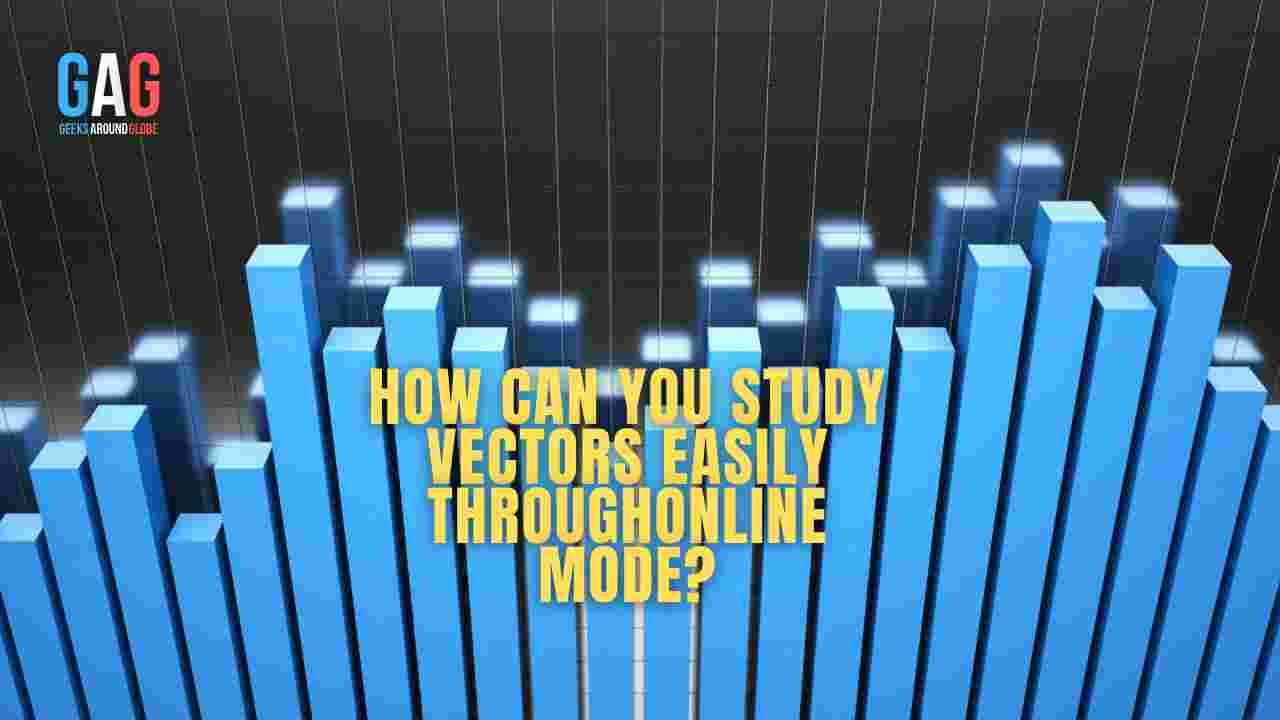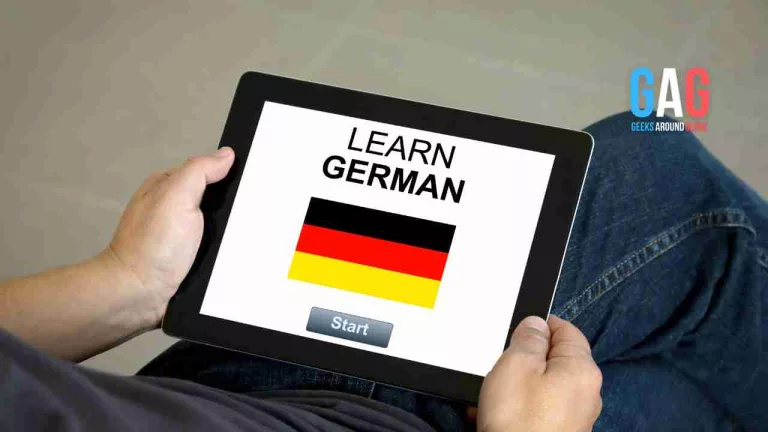Math is a subject that requires an understanding of the concepts and building of strong basics to gain interest. It is a tricky subject not everyone can understand at once. Students do face challenges in solving math-related problems. Mostly, one question is common while studying, Who will solve doubts? The answer to this question is the online mentor. In the modern era of digitalization, online platforms have risen assisting students to learn at their pace and achieve excellence in the subject.
Cuemath is the finest online platform that helps students to learn and interact with mathematical concepts. They use modern tools of teaching involving digital media, graphics, etc. It enables students to gain interest in the subject and turn difficult problems easy. Whether it is geometry, vectors, algebra or any trigonometric formula. All the confusion and chaos are removed by the educators. Cuemath can be outreached just by pressing a single click and all the questions and doubts can be cleared within a few minutes. Proper guidance and material are provided online to study anytime and anywhere. Considering the concept of the vector that is explained properly in language that can be easily comprehended by the students.
WHAT IS A VECTOR?
The Vector can be defined as the object in math that has both magnitudes and direction. It is the tool of mathematics and physics. Especially, geometry vectors have many applications. It is also used in the simplification of geometry involving three dimensions. They are represented by the symbol of the arrow over the head of the vector.
For example, Force, Velocity, Acceleration and Temperature are the quantities that have direction and magnitude.
TWO TYPES OF VECTORS:
• ZERO VECTOR: The definition of the zero vector is that the vector with zero magnitude. It is represented by zero and has coordinates (0,0). The vector sum of all zero vectors is equal to the vector itself. For example, P+0=P.
• UNIT VECTOR: Unit Vector is defined as the vector that has a magnitude equal to one and is used to show the direction of the vector. The representation of the unit vector is by the cap and can also be defined as the ratio of the vector and the magnitude of the vector.
TWO COMPONENTS OF VECTORS:
• VERTICAL COMPONENT: Vertical Component of the vector is defined as the component of the vector that is extended from the x-axis to the vertical point of the vector.
• HORIZONTAL COMPONENT: Horizontal Component of the vector is defined as the component of the vector that is extended from the initial point of the vector to the coordinate at the furthest in the x-axis.
DIFFERENT OPERATIONS OF VECTORS:
• ADDITION: There are two vectors supposed P and Q can be added by joining them from head to the tail of the vectors. The resultant of the addition is the vector that is directed from the head of the vector Q to the tail of the vector P that is ‘P+Q’. The order does not matter in the addition it can be Q+P or P+Q demonstrating the property of commutative.
• SUBTRACTION: Suppose there are two vectors A and B where B has the negative sign that can be subtracted by reversing the sign of the negative vector B where the magnitude remains the same but direction changes. Thus, it can be further added.
• MULTIPLICATION: Two vectors can be multiplied by using two methods, scalar multiplication and vector multiplication. Scalar Multiplication is defined as the multiplication of the vector by the scalar quantity. Vector Multiplication is consists of two methods, cross product and dot product.
Cuemath online provides enhanced interactions and promote better learning to have new skills. It delivers concepts that can be easily understood with a systematic approach to students.







